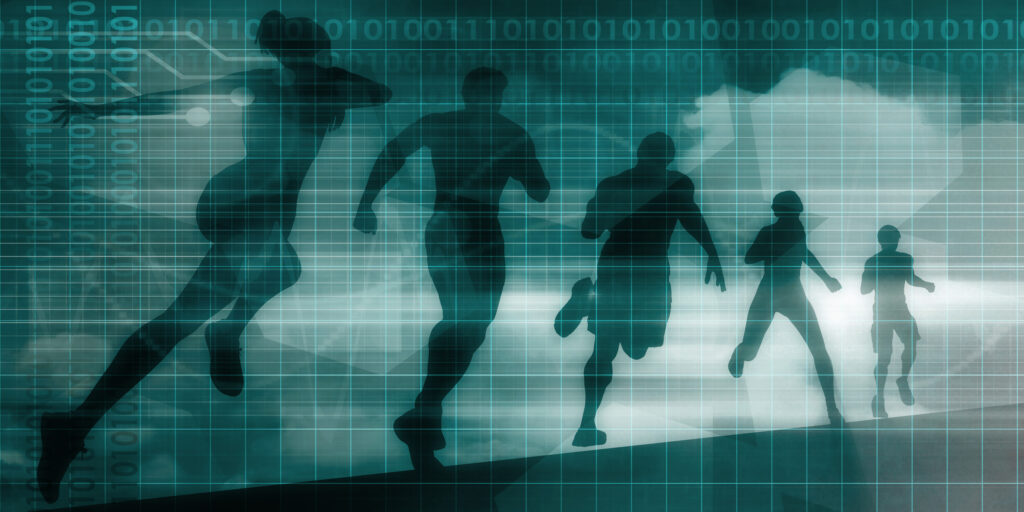ADHD can show in many different ways, making it tricky to spot sometimes, especially in children. Some signs of childhood ADHD that often go undiagnosed include emotional struggles and problems sleeping. While kids who are very active or act without thinking are easier to identify, others might hide these signs well or have different symptoms. If these less obvious symptoms are overlooked, children may not get the help they need.
It’s important to recognize and understand these signs early on. Increased awareness can lead to better support and outcomes for children. Learning more about these overlooked signs is important to guarantee that kids get the right care, possibly with help from an Online ADHD doctor in California, who can provide expert guidance and support.
ADHD doesn’t always look the same. Recognizing the subtle signs can make a big difference in a child’s life. By understanding these, you can take proactive steps to seek help if needed, supporting a child in developing important skills for their future.
Identifying ADHD in Childhood
ADHD in children often involves signs like hyperactivity, impulsivity, and inattention. These signs might show up differently, affecting a child’s behaviour and emotions. It’s important to recognize the risks and related conditions that might come with untreated ADHD.
Key Symptoms of Childhood ADHD
In childhood ADHD, the symptoms typically include hyperactivity, impulsivity, and inattention. These might appear as constant fidgeting or squirming, having difficulty staying seated, and running around in situations that don’t call for it. Children may also find it tough to wait for their turn or to stay focused on tasks.
Inattention might show up as forgetfulness, losing things frequently, or being easily distracted. It’s important to note that between 6 and 9 symptoms should be observed in children aged 4 to 17 to consider an ADHD diagnosis.
Behavioural and Emotional Indicators
ADHD can also impact emotions and behaviour, often leading to challenges like low self-esteem, frustration, or mood swings. You might notice a child getting easily upset or showing impatience. These emotional responses can affect social interaction, making building or maintaining friendships hard.
Some children might show signs of anxiety or depression. This can make situations more challenging, as these conditions can sometimes be present alongside ADHD. Recognizing these indicators early is important to provide the necessary support and guidance.
Risks and Comorbid Conditions
Without proper attention, ADHD can lead to other risks and conditions. Children with ADHD often face challenges linked to learning disabilities and may struggle with schoolwork. There is also the potential for mood or anxiety disorders to develop, which can complicate the child’s mental health.
Social environments and genetics play a role in the development of ADHD. Conditions like conduct disorder and oppositional defiant disorder are sometimes seen alongside ADHD. If left untreated, these challenges can lead to increased risks of substance use disorder as the child grows older. Recognizing these risks early can help in finding effective strategies for dealing with ADHD.
Approaches to Diagnosis and Treatment
Attention-deficit/hyperactivity disorder (ADHD) can often go unnoticed, but early diagnosis and appropriate treatment can improve outcomes for children. Understanding how to evaluate and manage ADHD is important for healthcare and mental health professionals.
Evaluating ADHD in Children
When diagnosing ADHD, medical professionals look at behaviour patterns that include inattention, hyperactivity, and impulsivity. Observation of a child’s behaviour in various settings like school and home is important. You might work with a psychologist, paediatrician, or psychiatrist to evaluate these patterns.
A consistent lack of attention or hyperactive-impulsive behaviour should be present before age 12. It’s important to understand that these behaviours are not due to another mental health condition. Doctors often use questionnaires or behaviour checklists to help in the assessment. They might also explore any specific issues, such as learning challenges, that could be related.
Collaborating with teachers and caregivers is important since they can provide valuable insights into the child’s daily behaviour and interactions.
Treatment Options and Management
ADHD treatment options typically include medications and behavioural therapies. Medications like psychostimulants can be effective in reducing ADHD symptoms. These can help improve attention and focus in children. Working with your healthcare provider, you’ll monitor for any side effects.
Behavioural therapy is another option, often used in combination with medication. It can help children learn to manage symptoms through strategies that promote self-regulation and organization skills. Parents and teachers can also receive training to support these efforts.
It’s important to have a plan that suits the child’s needs and to adjust as necessary. Monitoring and regular visits with a healthcare provider guarantee the treatment remains effective and right for the child.
Conclusion
Identifying childhood ADHD can be challenging, but awareness is key. Many signs, like trouble focusing or impulsive behaviour, can be overlooked because they may seem like typical childhood traits.
Pay attention to consistent patterns. If your child struggles with organization or staying on task, these may be signs. Observe whether these traits impact school or relationships.
Seeking help from a professional is important if you suspect ADHD. Early diagnosis and support can make a big difference in managing symptoms effectively.
Disclaimer:
The information provided in this article is for general informational purposes only and does not constitute medical advice, diagnosis, or treatment. Open Medscience does not endorse or recommend self-diagnosis or any particular healthcare provider, including any referenced online ADHD services. ADHD is a complex neurodevelopmental disorder, and only a qualified medical professional can provide a proper diagnosis and recommend appropriate treatment. Readers should not use this content as a substitute for professional healthcare advice. If you are concerned about a child’s behaviour, development, or mental health, consult a registered healthcare practitioner or paediatric specialist without delay. Reliance on any information provided in this article is strictly at your own risk. Open Medscience accepts no liability for any loss, damage, or injury arising from the use or misuse of the content presented.




